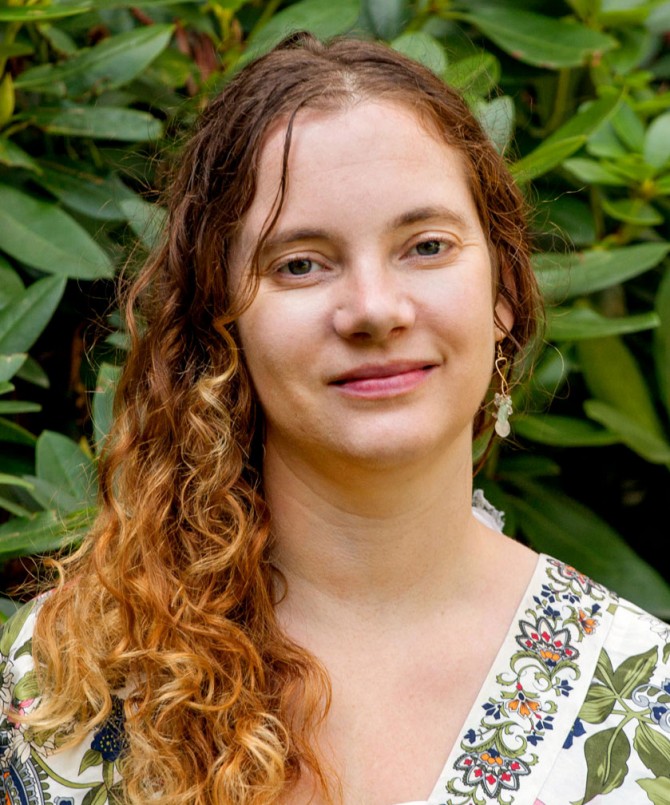Law clinic helps NYTimes win access to COVID-19 data on race
By Tyler Valeska
A Cornell Law School clinic focused on freedom of the press has played a crucial role in revealing how Black and Latino people have been disproportionally affected by the coronavirus.
The First Amendment Clinic, working on behalf of its client, The New York Times, helped secure the release of previously unseen data that provides the most detailed look yet at nearly 1.5 million American coronavirus patients.
Using this data from the Centers for Disease Control and Prevention (CDC), the Times published a front-page story in its July 6 edition that examines the significant racial inequities in infection rates in more than half the U.S. population – the most extensive survey to date.
The data, from 974 counties across the country, shows that Black and Latino people have been even more disproportionately affected by the coronavirus than previously known, regardless of age or geographic location. A similar disparity affects Native American people in certain parts of the country. Asian American people are also disproportionately impacted.
“This is a great success for information access on an issue of vital public importance at a time of public crisis,” said Cortelyou Kenney, associate director of the clinic. “But there is little to celebrate here. The data shows in stark terms what we already expected: that there is a troubling disparity in the impact this disease has had on people of color.
“The Times report, and the documents that underly it, demonstrate the urgent need for a robust public effort to protect our most vulnerable communities,” Kenney said.
The clinic and the Times filed a Freedom of Information Act request on April 14 seeking the quick release of demographic data on infected patients from the CDC. When the agency failed to respond within the 10-day statutorily-mandated time frame, the Times – with the clinic as co-counsel – filed suit May 13 in the Southern District of New York demanding the documents. The agency agreed to release the data in June as part of early litigation negotiations.
However, the report indicates significant gaps in the data, which may require more litigation or negotiation, Kenney said.
“This is exactly the type of work the First Amendment Clinic looks to do for media outlets large and small,” said Mark Jackson, the clinic’s director. “Helping great journalists gain access and information to enable them to report on issues of vital concern to their readers is at the heart of our mission.”
Along with Kenney and Jackson, the clinic team includes teaching fellow Tyler Valeska and students Daniel Geller, Michael Mills, Alyssa Morones, Melissa Muse, Rob Ward and Anna Whistler. Students Sam Aber and Joel Sati also provided assistance to the effort.
The clinic is engaged in a variety of cases and projects advancing access to information and the interests of free speech, freedom of the press and transparency. Its work extends across disciplines, impacting journalists, researchers, human rights advocates, political advocates and others targeted because of their protected expression.
Media Contact
Get Cornell news delivered right to your inbox.
Subscribe


